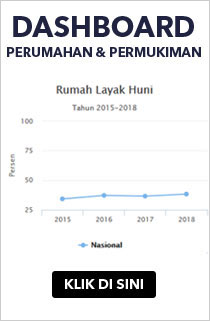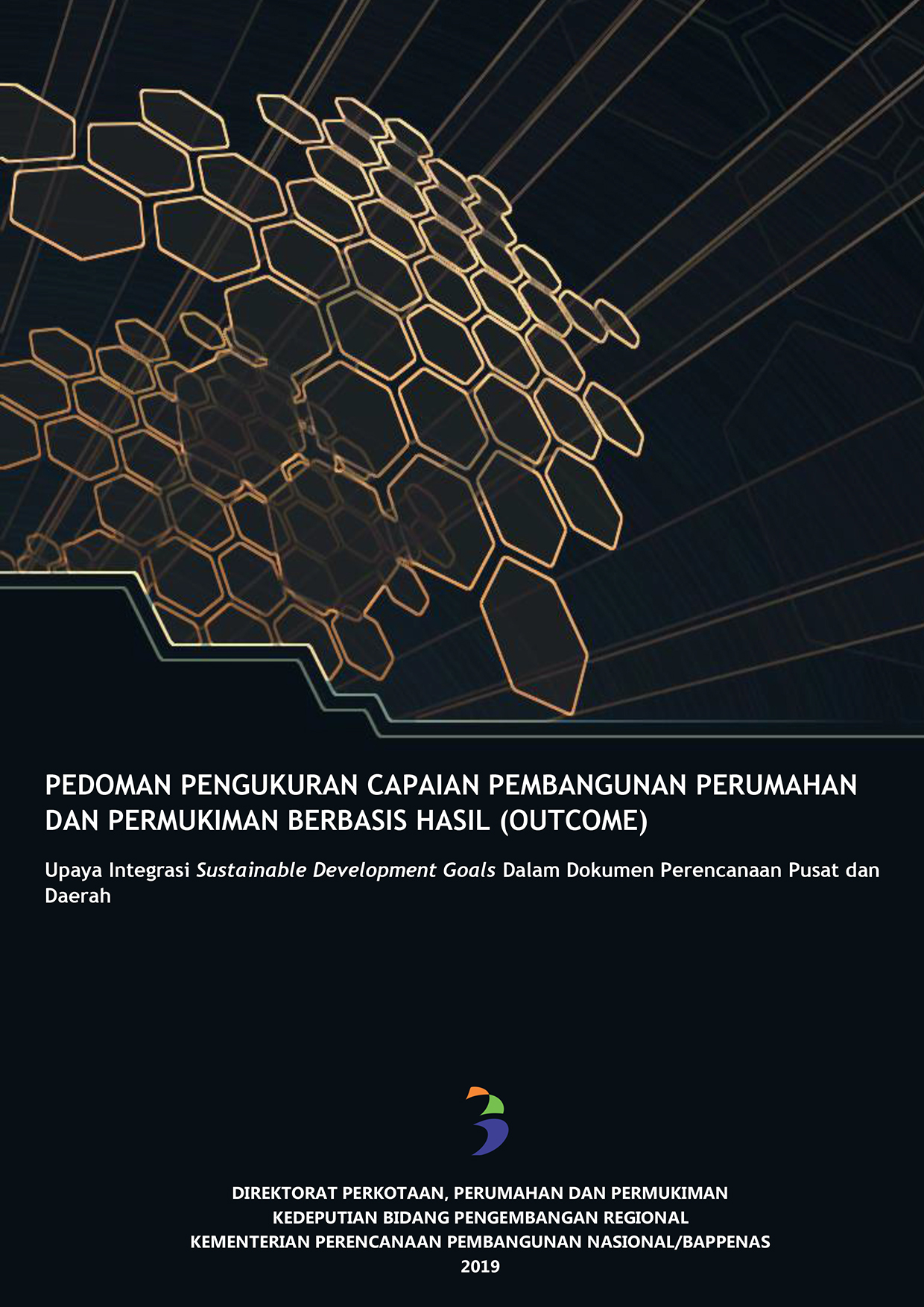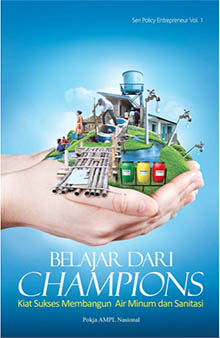BukuHalaman : 47 Menampilkan 921 - 940 dari 1349 data Himpunan Peraturan Pemerintahan Desa dan KelurahanThe Impact of Water on the PoorPengarang : the ADB Operations Evaluation DepartmentSix ADB projects are highlighted here, after being examined for their impact on poverty. The study focused on the level of improvement in water availability for different user groups; the economic and social impact of improved water availability on the poor; policies relating to tariffs, supply alternatives, and institutional arrangements; and solutions to common problems based on best practices. Contents: OVERVIEW INTRODUCTION KEY IMPACTS OF CASE STUDY PROJECTS CONCLUSIONS AND RECOMMENDATIONS Small Piped Water NetworksPengarang : Herve ConanWater for All Series 15: An Agenda for Change (Setting the Rules and Finding the Money)Is there a conspiracy against the poor Why is it that after concerted efforts spanning decades, many still do not have access to safe drinking water Have conventional mindsets and vested interests stymied progress in this direction Achieving water security for the poor will need changes in water resource management and water services delivery to lift productivity and reduce inequality. This publication highlights the change agenda proposed during the ADB Water Week 2004. Contents: Overview of ADB Water Week 2004
Water for All Series 11: Floods and The Poor (Reducing the Vulnerability of the Poor to the Negative Impacts of Floods)Pengarang : Ian B. FoxFlood mitigation projects worldwide have tended to follow a standard, top-down, and predominantly engineering approach. This paper suggests problems with that approach, examines water-related disasters from the point of view of affected poor households, and proposes steps to help flood-prone communities prepare and cope more effectively. Contents: ADB’s Experience
Saatnya Dunia Berubah: Tangan Tuhan di Balik Virus Flu BurungPengarang : Siti Fadilah SupariImplementing Rules and Regulations of Chapter XVII – ”Sewage Collection and Disposal, Excreta Disposal and Drainage“ of the Code on Sanitation of the Philippines (P.D. 856)Table of Contents: Section 1: Scope Section 2: Definition of Terms Section 3: Individual Excreta and Sewage Disposal Systems Section 4: Design and Construction of Septic Tanks, Leaching Tile Field and House Sewers Section 5: Public Sewerage System Section 6: Damage to Public Sewer of Sewage Disposal Facilities Section 7: Abandoned Sewer and Sewage Disposal Facilities Section 8: Drainage Section 9: Special Establishment Section 10: Special Precaution for Radioactive Excreta and Urine of Hospitalized Patient Section 11: Penal Provision Section 12: Separability Clause Section 13: Repealing Clause Section 14: Effectivity Table I: Quantities of Sewage Flow Philippine National Standards for Drinking Water 2007 (DOH Administrative Order No.2007-0012)Contents: I. Rationale/ Introduction II. Objective III. Scope/ Coverage IV. Definition of Terms V. General Requirements VI. Repealing Clause VII. Effectivity Annexes References National Water Quality Status Report 2001-2005Business Plan (Rencana Pengembangan Usaha) PDAM Bandarmasih 2003-2007Rencana Pengembangan Usaha (Corporate Plan) PDAM Kota Sukabumi Tahun 2003-2007Rencana Pengembangan Usaha PDAM Kabupaten Asahan 2001-2005Rencana Pengembangan Usaha ini terdiri dari dua buku, buku I berisi penjelasan perihal target, sasaran dan program kerja PDAM Asahan lima tahun ke depan, adapun buku II berisi perhitungan dan analisa seperti analisa SWOT, kebutuhan air, investasi dan analisa keuangan. Maksud penyusunan Rencana Pengembangan Usaha ini adalah sebagai landasan bagi Direksi PDAM Kabupaten Asahan untuk menetapkan langkah-langkah kerja tahunan, sebagai tolak ukur keberhasilan PDAM Kabupaten Asahan dalam pengembangan dan peningkatan pelayanan, sebagai dasar bagi pemerintah Kabupaten Asahan untuk menilai tingkat keberhasilan kinerja Direksi, serta untuk memacu seluruh karyawan dalam pencapaian target yang telah disepakati. Daftar Isi: Sambutan Direktur Utama PDAM Asahan Direktori Program/Proyek Pembangunan Perkotaan Pinjaman & Hibah Luar NegeriRencana Pengembangan Usaha PDAM Kabupaten Banjar Baru 2002-2006Rencana Pengembangan Usaha (Corporate Plan) PDAM Hulu Sungai Tengah Tahun 2002-2006Rencana Pengembangan Usaha PDAM Kabupaten Belitung 2002-2006Rencana Pengembangan Usaha (Corporate Plan) PDAM Kabupaten Jombang Tahun 2002-2006Rencana Pengembangan Usaha PDAM Kabupaten Jember 2001-2005Rencana Pengembangan Usaha PDAM PangkalPinang 2003-2007Rencana Pengembangan Usaha PDAM Kabupaten Karangasem Tahun 2002-2006 | Terpopuler di BukuIntervensi Komunitas: Pengembangan Masyarakat sebagai Upaya Pemberdayaan MasyarakatKategori : Pustaka - BukuKompos Dengan Cara Aerob Maupun Anaerob Untuk Menghasilkan Kompos BerkualitasKategori : Pustaka - BukuBuang Sampah Sembarangan? No Way!: Cerita Serunya Menjaga KebersihanKategori : Pustaka - BukuStop Buang Air Besar Sembarangan - CLTS Pembelajaran Dari Para Penggiat CLTSKategori : Pustaka - BukuRestorasi Sungai (River Restoration): Pembangunan Sungai, Dampak Pembangunan Sungai, Restorasi SungaiKategori : Pustaka - Buku   |